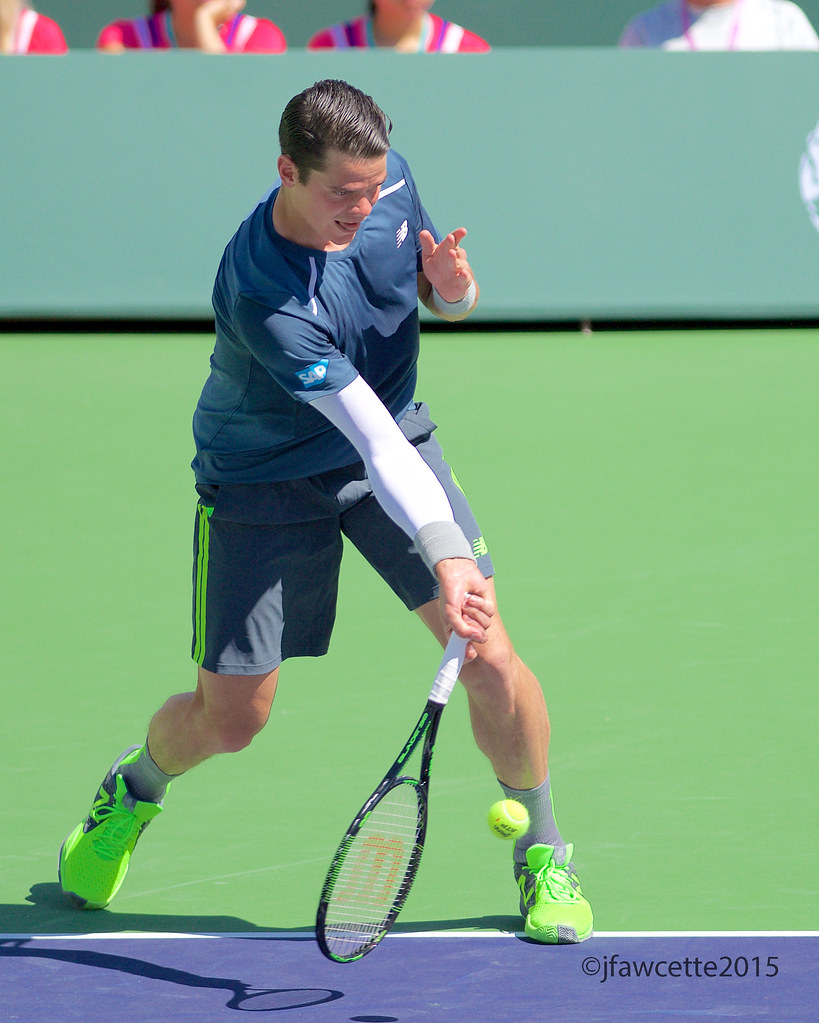You don't ask a controversial question, now do you? I have spent way too much time arguing about this on the TW boards, looking at video, learning from Brian Gordon...
BUT the answer is not simple. The myth of the wrist article made the point--still correct--that the huge majority of forehands are hit with the wrist laid back. But some of the extreme grip forehands are hit with neutral wrists--though not all--and my continued video analysis shows the amount of lay back also varies from shot to shot. An inside out forehand--most lay back. A short crosscourt, closer to neutral.
So what then? If I understand Brian G., the motion of the wrist is like a hinge. As the racket pivots this motion adds racket speed due to centripetal force. But also if I understand Brian, the actual muscle activity of players is not a forward flex that makes this happen. In fact the players are actually contracting against this flex to slow it down.
Why? To orient the racket at the right angle for the shot line at contact. Confused yet?
I think that keeping the wrist back all the way through the swing is the simplest way for lower level players to develop a forehand. But if the arm is relaxed and the wrist releases the right amount at the right time, it probably does add racket speed--but not from the conscious effort to snap.
BUT the answer is not simple. The myth of the wrist article made the point--still correct--that the huge majority of forehands are hit with the wrist laid back. But some of the extreme grip forehands are hit with neutral wrists--though not all--and my continued video analysis shows the amount of lay back also varies from shot to shot. An inside out forehand--most lay back. A short crosscourt, closer to neutral.
So what then? If I understand Brian G., the motion of the wrist is like a hinge. As the racket pivots this motion adds racket speed due to centripetal force. But also if I understand Brian, the actual muscle activity of players is not a forward flex that makes this happen. In fact the players are actually contracting against this flex to slow it down.
Why? To orient the racket at the right angle for the shot line at contact. Confused yet?
I think that keeping the wrist back all the way through the swing is the simplest way for lower level players to develop a forehand. But if the arm is relaxed and the wrist releases the right amount at the right time, it probably does add racket speed--but not from the conscious effort to snap.





Comment